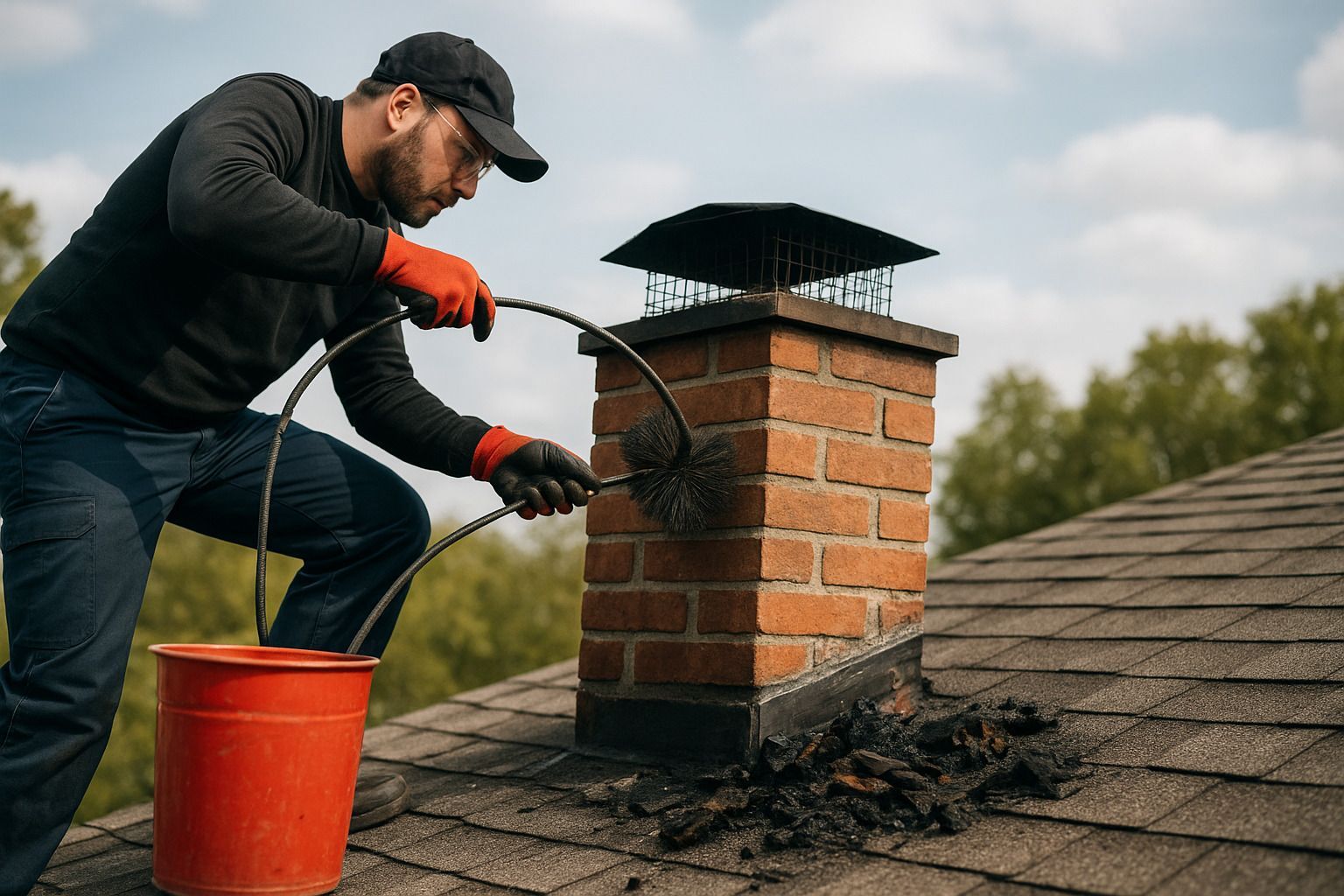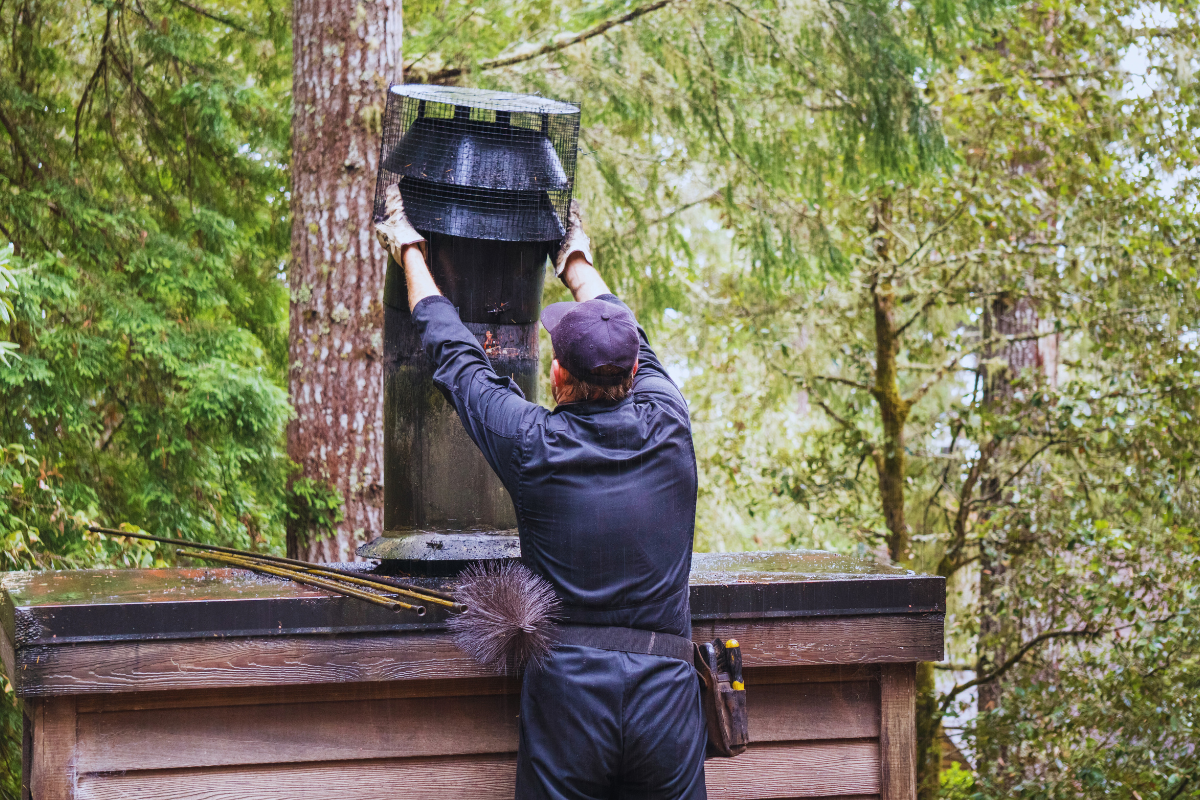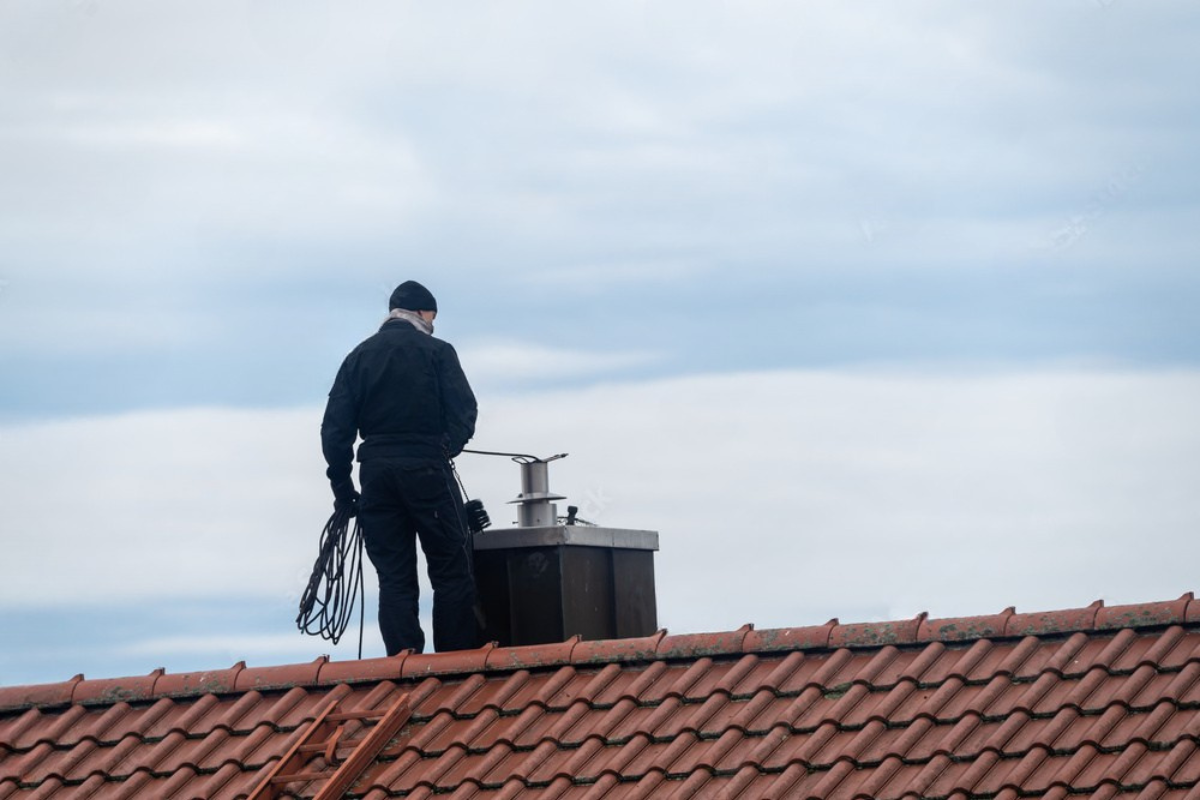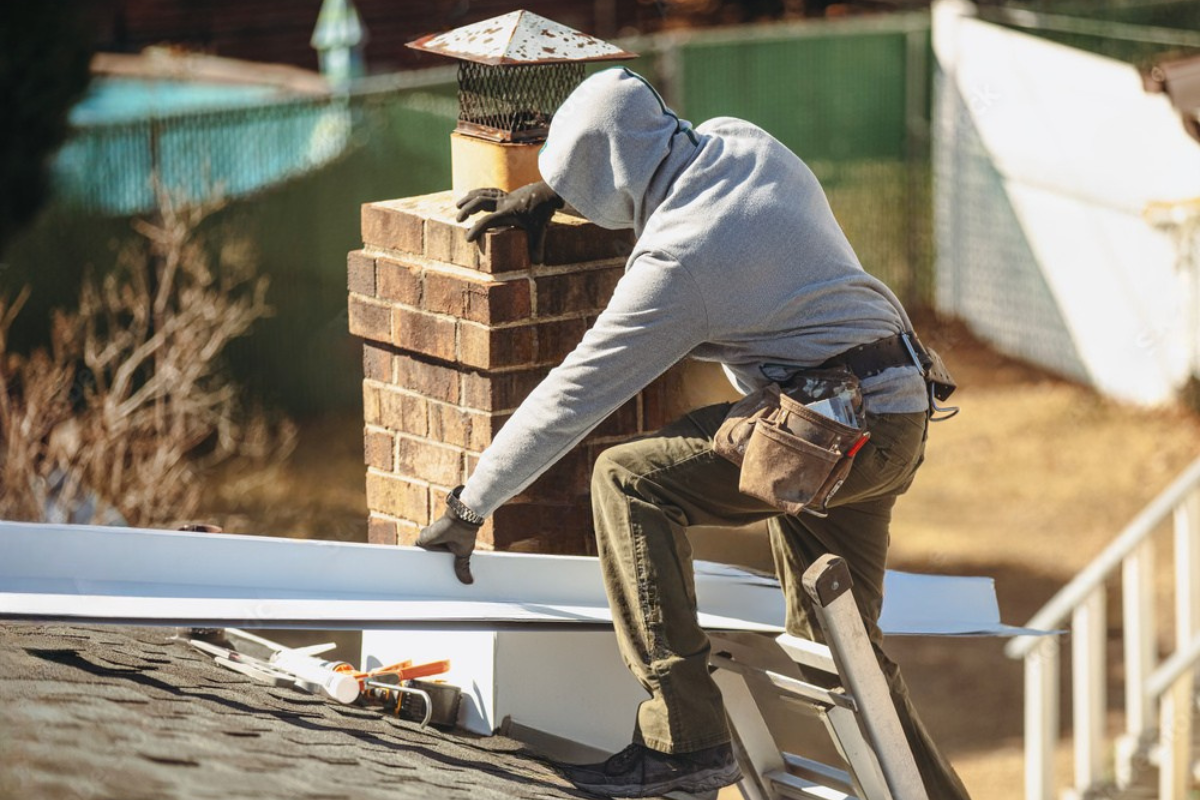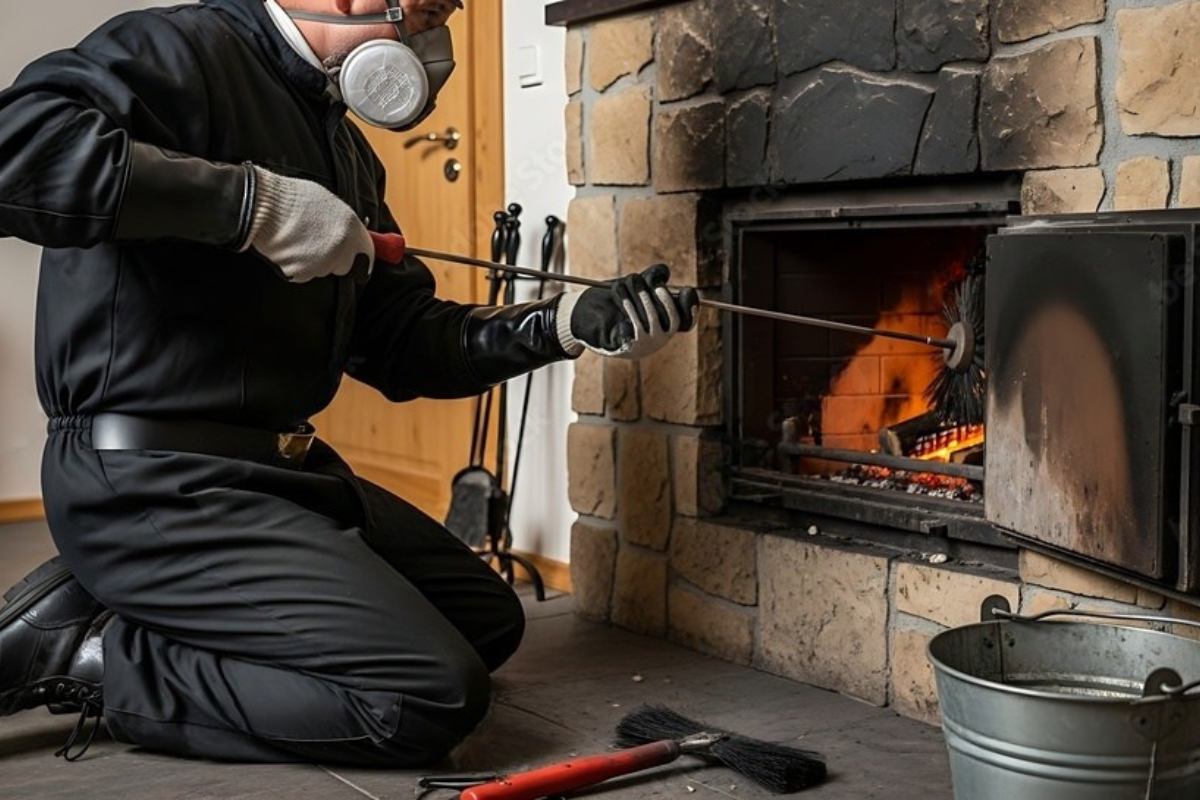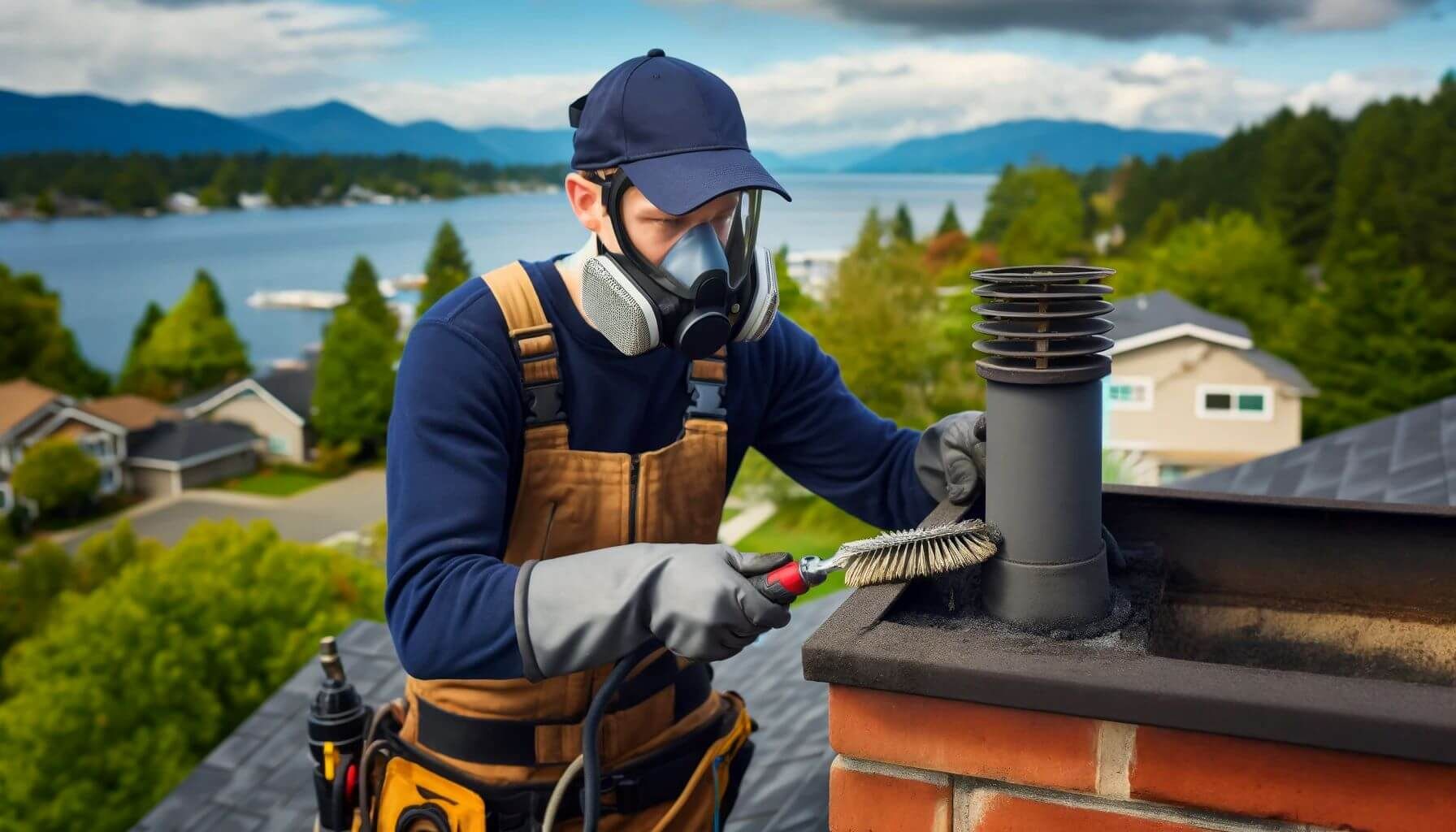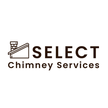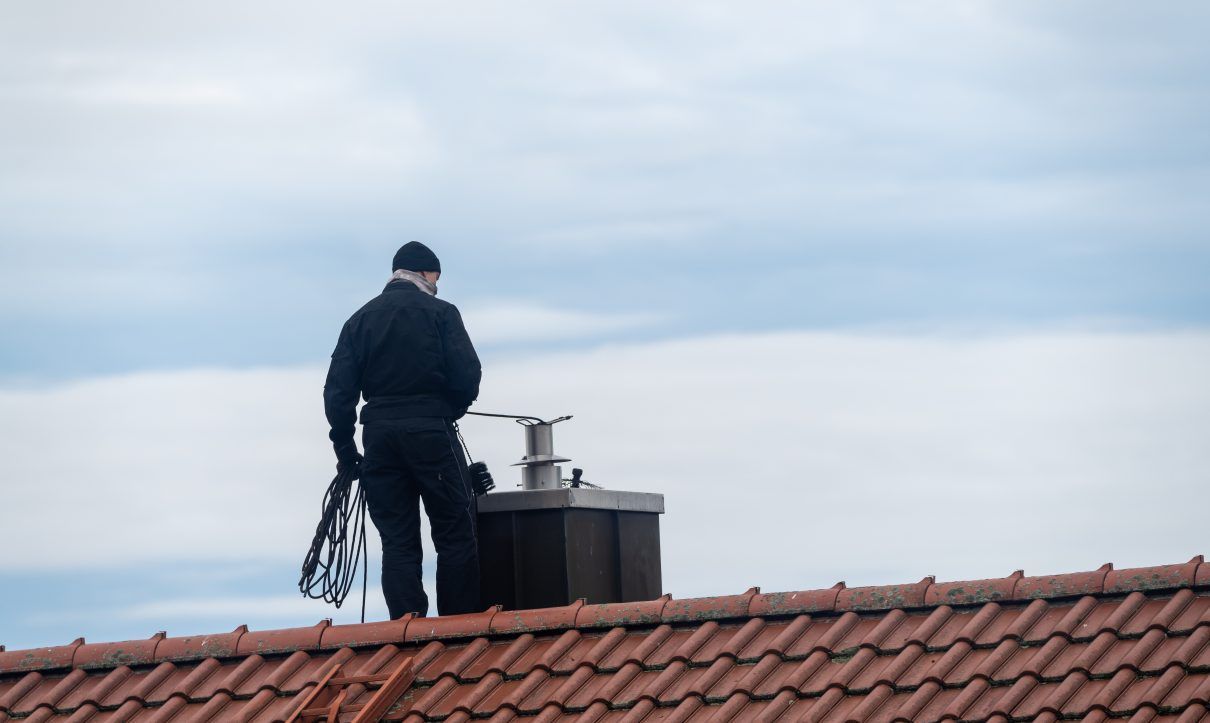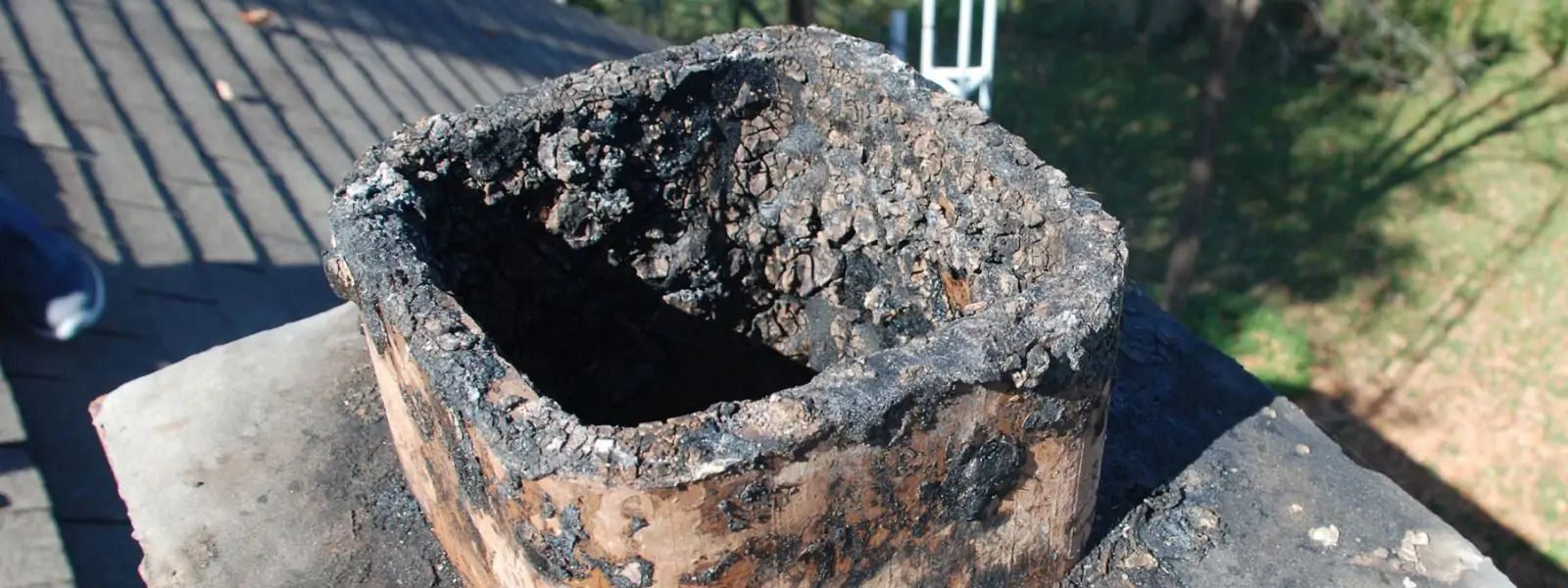From Soot to Safety: How to Maintain a High-Performing Chimney
The phrase “from soot to safety” perfectly captures the journey every chimney owner should take. Soot and creosote buildup aren’t just dirty—they’re dangerous. Over time, they can restrict airflow, cause smoke to back up into your living space, or even ignite a chimney fire. Regular care ensures your chimney not only performs efficiently but also protects your home from preventable disasters.
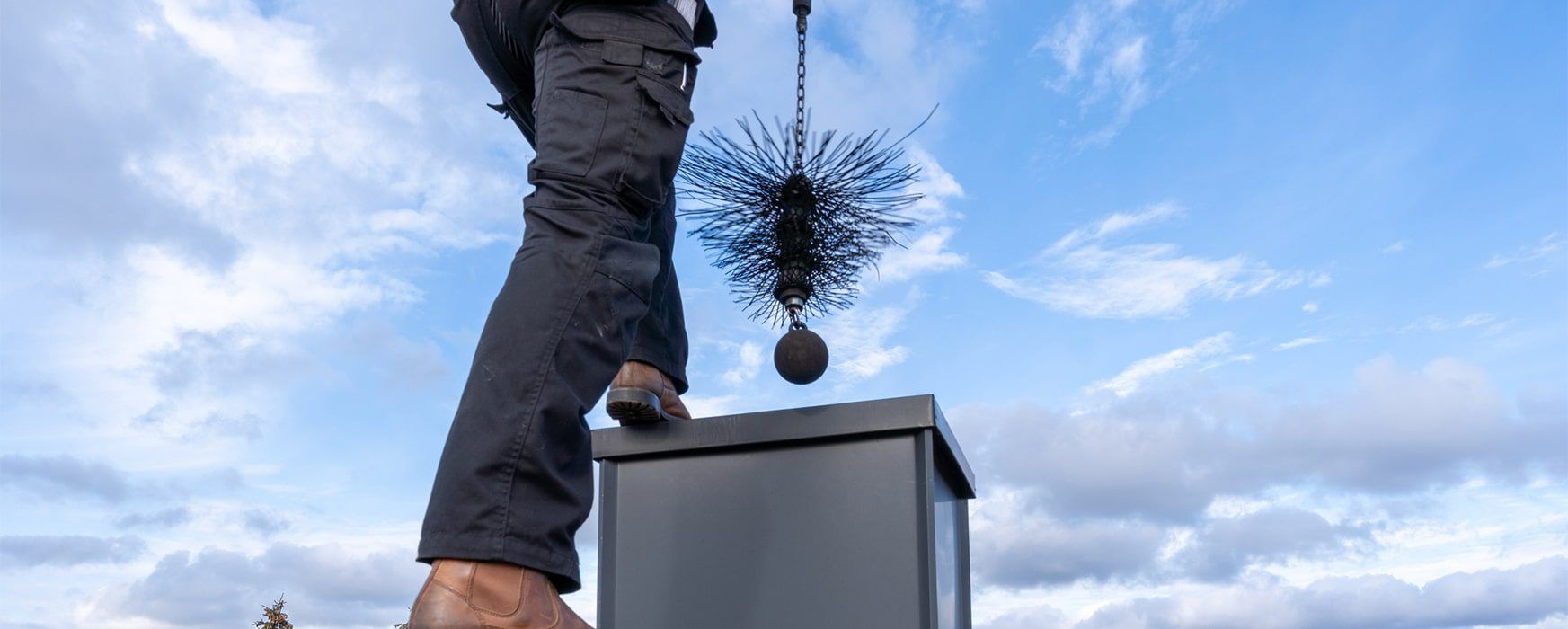
Introduction
There’s something timeless and comforting about a crackling fire on a cold evening. But behind that cozy atmosphere lies a piece of home infrastructure that demands attention—your chimney. Neglecting chimney care doesn’t just affect performance; it can be a direct threat to your family’s safety. The good news is that maintaining a high-performing chimney is easier than most people think—especially if you know what to look for and how to act before small issues turn into major hazards.
The Importance of Regular Chimney Inspections
The National Fire Protection Association recommends having your chimney inspected at least once a year. Inspections help identify problems before they escalate, such as cracked flue liners or early signs of moisture damage. While DIY inspections are possible, hiring a professional ensures nothing is overlooked. A trained eye can spot subtle signs of trouble that might be invisible to the untrained homeowner.
Recognizing Common Chimney Problems
Common chimney problems include:
- Creosote buildup: Highly flammable deposits from wood smoke.
- Structural damage: Cracks or missing mortar can lead to leaks and instability.
- Blockages: Bird nests, leaves, and even beehives can obstruct airflow.
Early detection means quicker—and often cheaper—repairs.
How Creosote Affects Chimney Performance
Creosote isn’t just a fire risk; it also makes your chimney work harder. Thick deposits narrow the flue, restricting airflow and making it harder for smoke and gases to escape. This not only reduces heating efficiency but also increases the risk of carbon monoxide entering your home. The best prevention is consistent cleaning, especially during high-use winter months.
Essential Tools for Chimney Maintenance
For homeowners who enjoy hands-on projects, chimney care requires a few essentials:
- Chimney brushes and rods for thorough sweeping.
- Protective gear such as gloves, goggles, and a dust mask.
- Chimney caps to keep out rain, debris, and animals.
A small investment in tools can save you a fortune in repairs.
Step-by-Step Guide to Cleaning Your Chimney
- Prepare the area by covering nearby furniture and floors.
- Access the chimney from either the roof or inside the fireplace.
- Brush the flue walls using long, sturdy rods.
- Vacuum and dispose of debris safely.
- Inspect afterward for cracks, leaks, or signs of damage.
For deep cleanings or difficult access points, professional help is highly recommended.
The Role of Professional Chimney Service
While DIY maintenance is valuable, nothing replaces the thoroughness of a certified chimney sweep. Companies like Chimney Service have the expertise, equipment, and safety training to handle complex cleaning and repairs. Professionals can also provide safety certifications—essential if you plan to sell your home.
Preventing Chimney Fires
Most chimney fires are preventable with proper care. Key prevention strategies include:
- Burning only seasoned hardwood.
- Scheduling regular inspections.
- Keeping flammable materials away from the fireplace.
If you ever suspect a chimney fire, close the damper immediately, call 911, and leave the house.
Choosing the Right Chimney Service Provider
When hiring a chimney service, look for:
- Certification from the Chimney Safety Institute of America (CSIA).
- Positive customer reviews.
- Clear service guarantees.
Don’t hesitate to ask questions before committing. A reputable provider will be happy to explain their process.
Seasonal Chimney Maintenance Tips
- Before winter: Schedule a full cleaning to prepare for heavy use.
- After winter: Inspect for cracks, loose bricks, and water damage.
Routine seasonal care keeps your chimney performing well year-round.
How Weather Affects Chimney Health
Moisture is one of a chimney’s greatest enemies. Rain can seep into cracks, causing rust and weakening mortar. In cold climates, freeze-thaw cycles can expand cracks, worsening structural damage. A quality chimney cap and waterproof sealant are your best defenses.
Upgrading Your Chimney for Better Efficiency
Modern chimney technology includes stainless steel liners for improved draft control and energy-efficient chimney caps that reduce heat loss. These upgrades pay for themselves in lower heating bills.
Chimney Safety for Families
If you have children or pets, ensure a protective screen is in place to prevent burns. Educate kids about fireplace safety rules, and never leave a fire unattended.
The Connection Between Chimney Maintenance and Indoor Air Quality
A neglected chimney can allow smoke and harmful gases to enter your home, triggering allergies and respiratory issues. Regular maintenance ensures proper ventilation and cleaner indoor air.
Cost of Chimney Maintenance and Cleaning
While costs vary by location and service provider, annual maintenance typically ranges from $150 to $400. This small investment can prevent thousands of dollars in repairs—and priceless safety risks.
DIY vs. Professional Chimney Maintenance
DIY Pros: Lower cost, immediate action.
DIY Cons: Risk of incomplete cleaning and missed hazards.
Professional Pros: Expertise, safety, thoroughness.
Professional Cons: Higher upfront cost.
For many homeowners, a combination of light DIY care and annual professional service works best.
Frequently Asked Questions
How often should I have my chimney cleaned?
At least once a year, or more often if you use your fireplace frequently.
What is creosote and why is it dangerous?
Creosote is a flammable byproduct of burning wood. It can ignite and cause chimney fires.
Can I clean my chimney myself?
Yes, but professional cleaning is safer and more thorough.
Does chimney maintenance affect home insurance?
Yes, some insurers require proof of annual inspections for coverage.
What’s the best wood for my fireplace?
Seasoned hardwoods like oak and maple burn cleaner and produce less creosote.
How do I book a chimney inspection?
You can easily schedule one through the
Contact page of a trusted provider.
Conclusion
From soot to safety, chimney care is about more than just keeping the fireplace looking nice—it’s about safeguarding your home, improving air quality, and ensuring efficient heating. With regular inspections, proper cleaning, and the help of professional services, your chimney can remain a source of comfort and safety for years to come.

